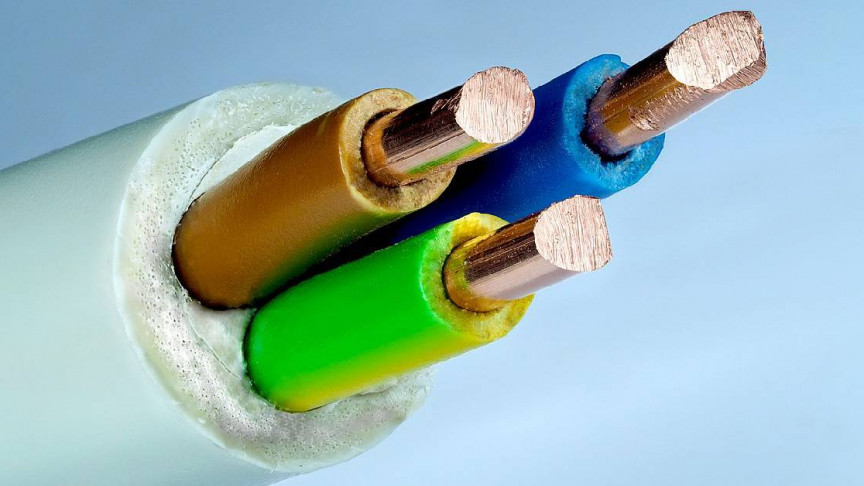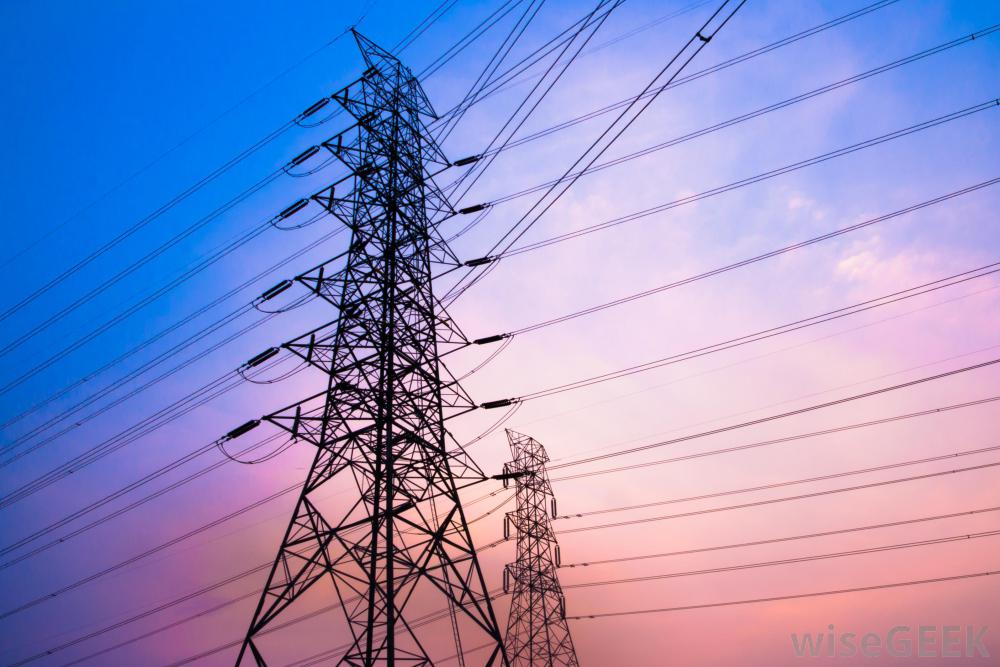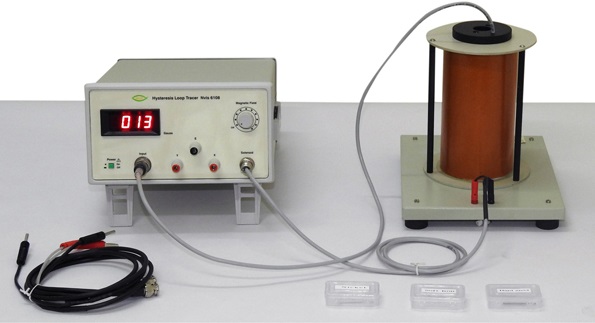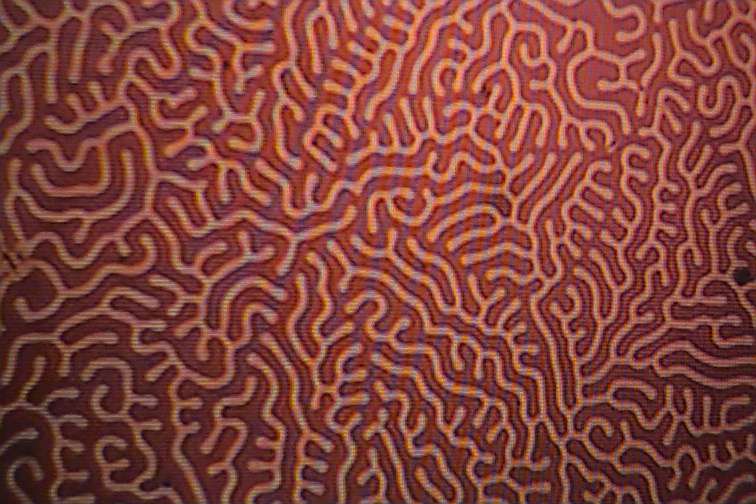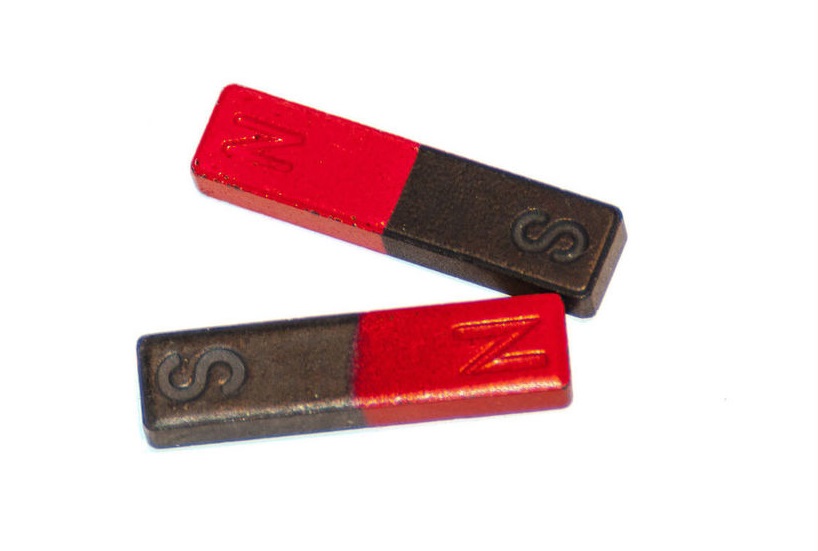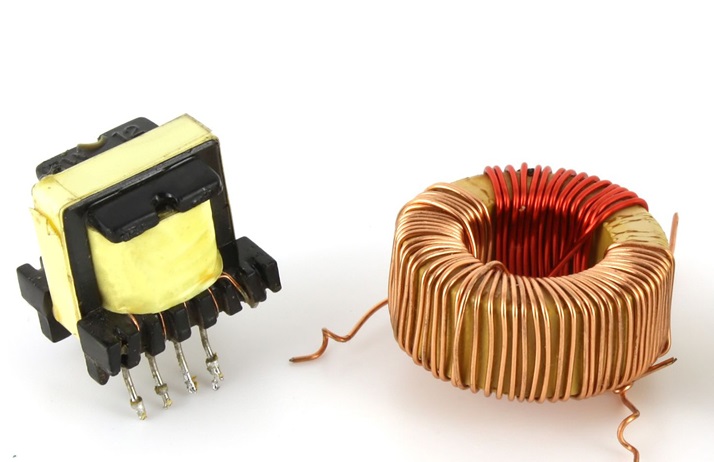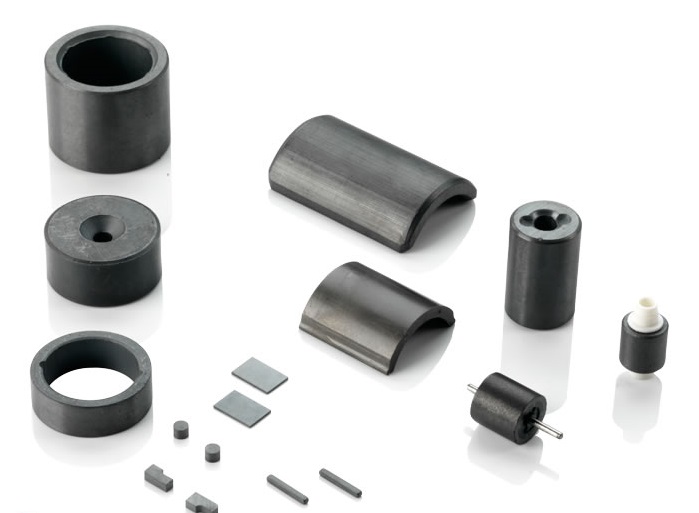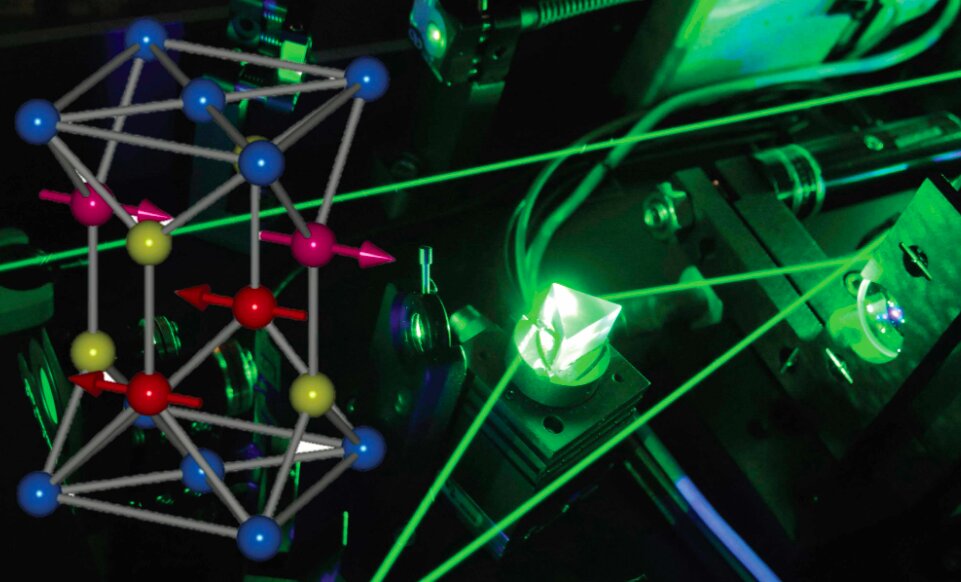Posted inMaterial Science
Electrical Resistivity of Metals
The resistivity then depends on collisions. Quantum mechanics tells us that electrons behave like waves. One of the effects of this is that electrons do not scatter from a perfect lattice. They scatter by defects, which can be: - atoms displaced by lattice vibrations - vacancies and interstitials - dislocations, grain boundaries - impurities One can express the total resistivity ρtot by the Matthiessen rule, as a sum of resistivities due to thermal vibrations, impurities and dislocations. Fig. 19.8 illustrates how the resistivity increases with temperature, with deformation, and with alloying..
